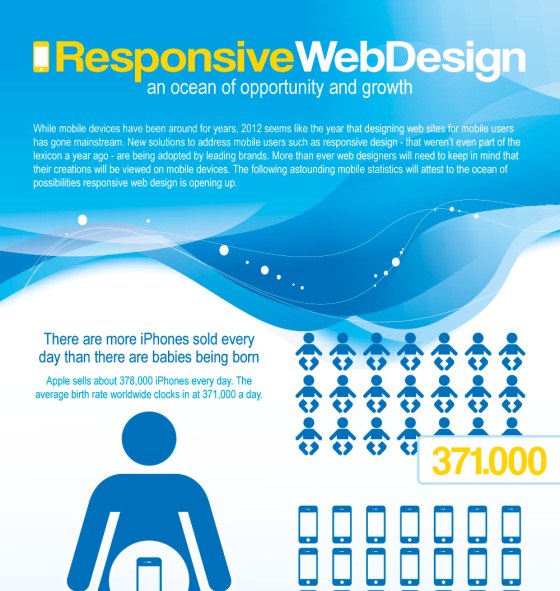Using The Toughness Of Visual Pecking Order In Site Development
Using The Toughness Of Visual Pecking Order In Site Development
Blog Article
Web Content Author-Nikolajsen Hodge
Think of a site where every element completes for your focus, leaving you feeling overwhelmed and unclear of where to focus.
Currently image a web site where each component is thoroughly organized, assisting your eyes effortlessly through the web page, supplying a seamless customer experience.
The difference lies in the power of visual power structure in site style. By strategically arranging and prioritizing elements on a web page, developers can produce a clear and user-friendly path for users to comply with, eventually enhancing engagement and driving conversions.
But how exactly can you harness this power? Join us as we check out the principles and techniques behind efficient visual pecking order, and discover just how you can raise your website layout to new elevations.
Recognizing Visual Power Structure in Web Design
To efficiently share information and guide individuals via a website, it's essential to understand the principle of visual power structure in website design.
Aesthetic hierarchy describes the plan and company of components on a page to stress their significance and develop a clear and instinctive customer experience. By establishing a clear aesthetic power structure, you can route users' interest to one of the most important details or activities on the page, boosting use and interaction.
This can be achieved through various design techniques, consisting of the calculated use of dimension, shade, contrast, and placement of elements. As an example, larger and bolder elements generally draw in more focus, while contrasting shades can create visual comparison and draw emphasis.
Concepts for Efficient Visual Pecking Order
Comprehending the concepts for reliable aesthetic hierarchy is crucial in creating a straightforward and interesting web site design. By following these concepts, you can ensure that your web site properly connects details to users and overviews their interest to one of the most crucial components.
One concept is to utilize size and range to develop a clear aesthetic pecking order. By making vital components larger and more famous, you can draw attention to them and overview users through the web content.
Another principle is to make use of comparison efficiently. By using contrasting colors, typefaces, and forms, you can produce visual distinction and emphasize crucial info.
In addition, the concept of proximity suggests that relevant elements must be grouped together to aesthetically attach them and make the internet site more organized and simple to browse.
Implementing Visual Hierarchy in Web Site Layout
To apply aesthetic pecking order in web site design, focus on essential components by adjusting their size, color, and placement on the page.
By making key elements bigger and much more prominent, they'll normally draw the user's attention.
Use contrasting shades to create visual contrast and stress vital information. For example, you can use a bold or lively shade for headings or call-to-action buttons.
In addition, take into consideration the position of each element on the page. web developer near me on top or in the center, as customers have a tendency to concentrate on these areas first.
Conclusion
So, there you have it. Aesthetic power structure is like the conductor of a harmony, assisting your eyes through the website layout with skill and panache.
It's the secret sauce that makes a site pop and sizzle. Without it, your layout is just a jumbled mess of arbitrary aspects.
Yet with see this website , you can develop a masterpiece that gets interest, connects effectively, and leaves a lasting impact.
So leave, my friend, and harness the power of aesthetic hierarchy in your website design. Your target market will certainly thanks.
